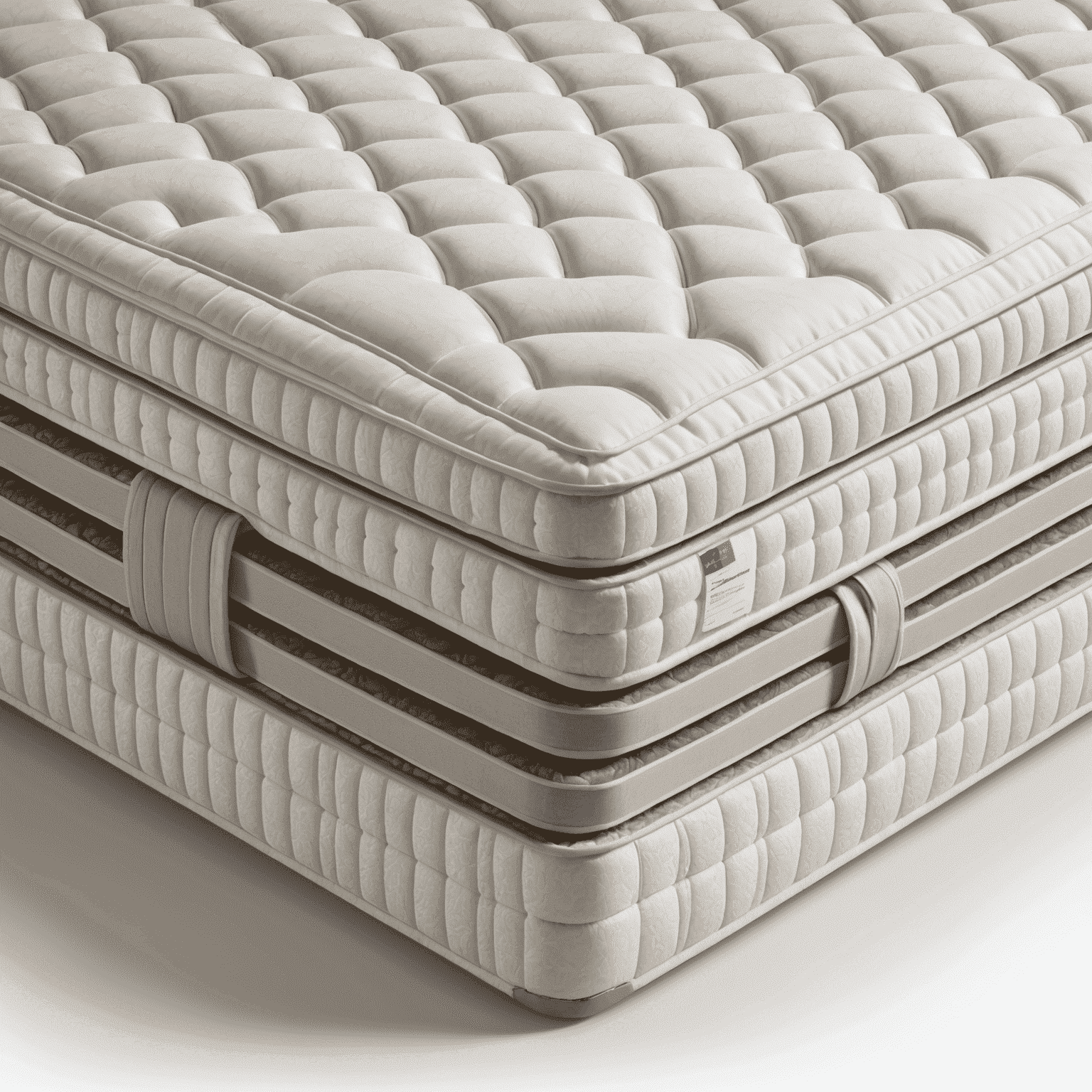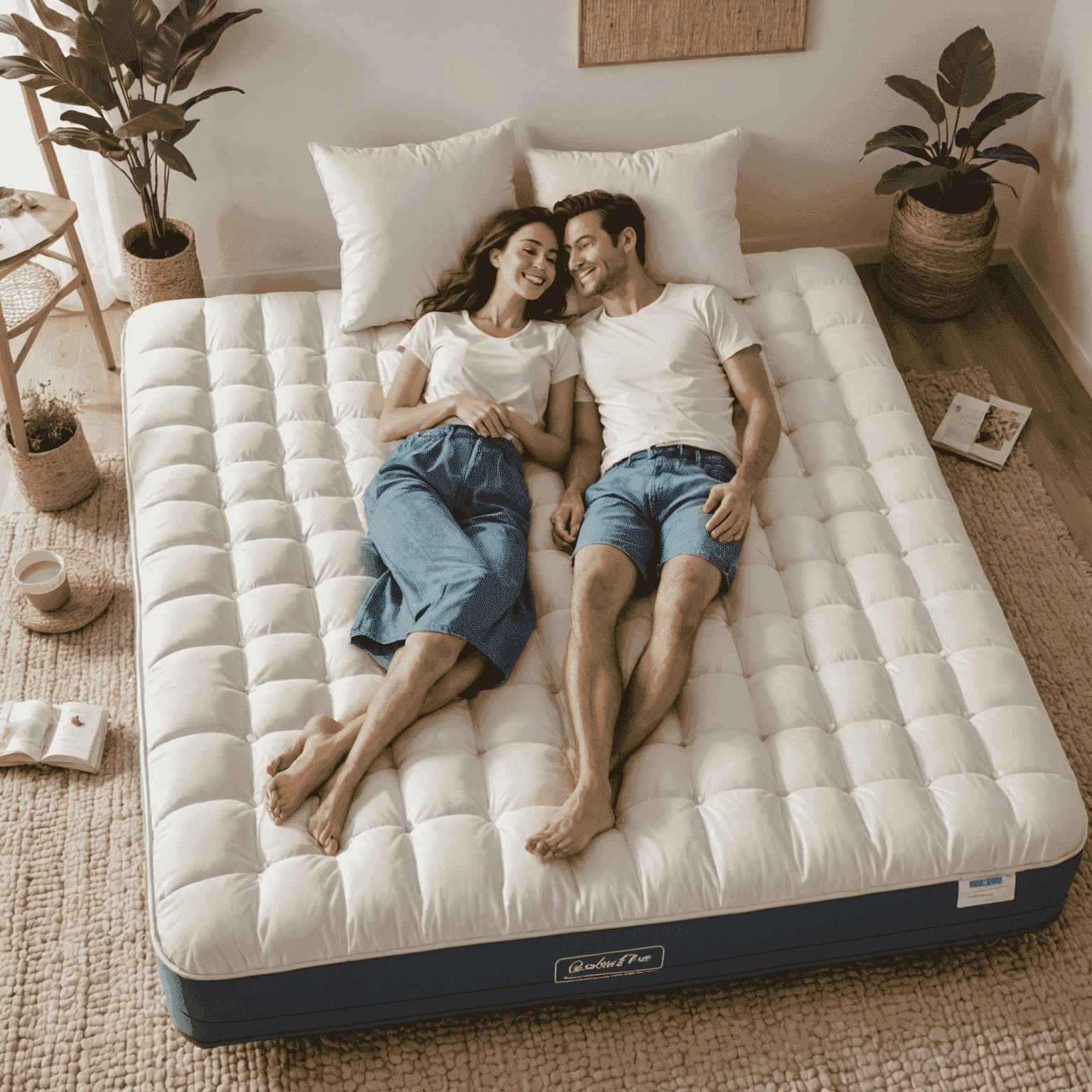The Ultimate Guide to Spring Mattresses

Spring mattresses have been a staple in bedrooms for decades. In this comprehensive guide, we'll explore the benefits, drawbacks, and ideal sleepers for these traditional sleep surfaces.
Benefits of Spring Mattresses
- Excellent bounce and responsiveness
- Good airflow and temperature regulation
- Wide range of firmness options
- Generally more affordable than other mattress types
Drawbacks of Spring Mattresses
- Potential for noise as springs wear over time
- May not conform as closely to the body as memory foam
- Shorter lifespan compared to some other mattress types
- Can transfer motion between sleep partners
Ideal Sleepers for Spring Mattresses
Back Sleepers
Spring mattresses offer good support and spinal alignment for back sleepers.
Heavier Individuals
The supportive nature of springs can be beneficial for those with higher body weight.
Hot Sleepers
The airflow through spring systems helps regulate temperature for those who sleep hot.
Types of Spring Mattresses
Bonnell Coils
The oldest and most common type, known for durability and affordability.
Offset Coils
Offer better contouring and reduced noise compared to Bonnell coils.
Continuous Coils
Made from a single wire, providing good motion isolation and durability.
Pocketed Coils
Individually wrapped springs offering superior motion isolation and contouring.
Conclusion
Spring mattresses remain a popular choice for many sleepers due to their combination of support, bounce, and affordability. While they may not be ideal for everyone, particularly those seeking deep pressure relief or minimal motion transfer, they offer a time-tested sleep solution that continues to evolve with modern mattress technology.
